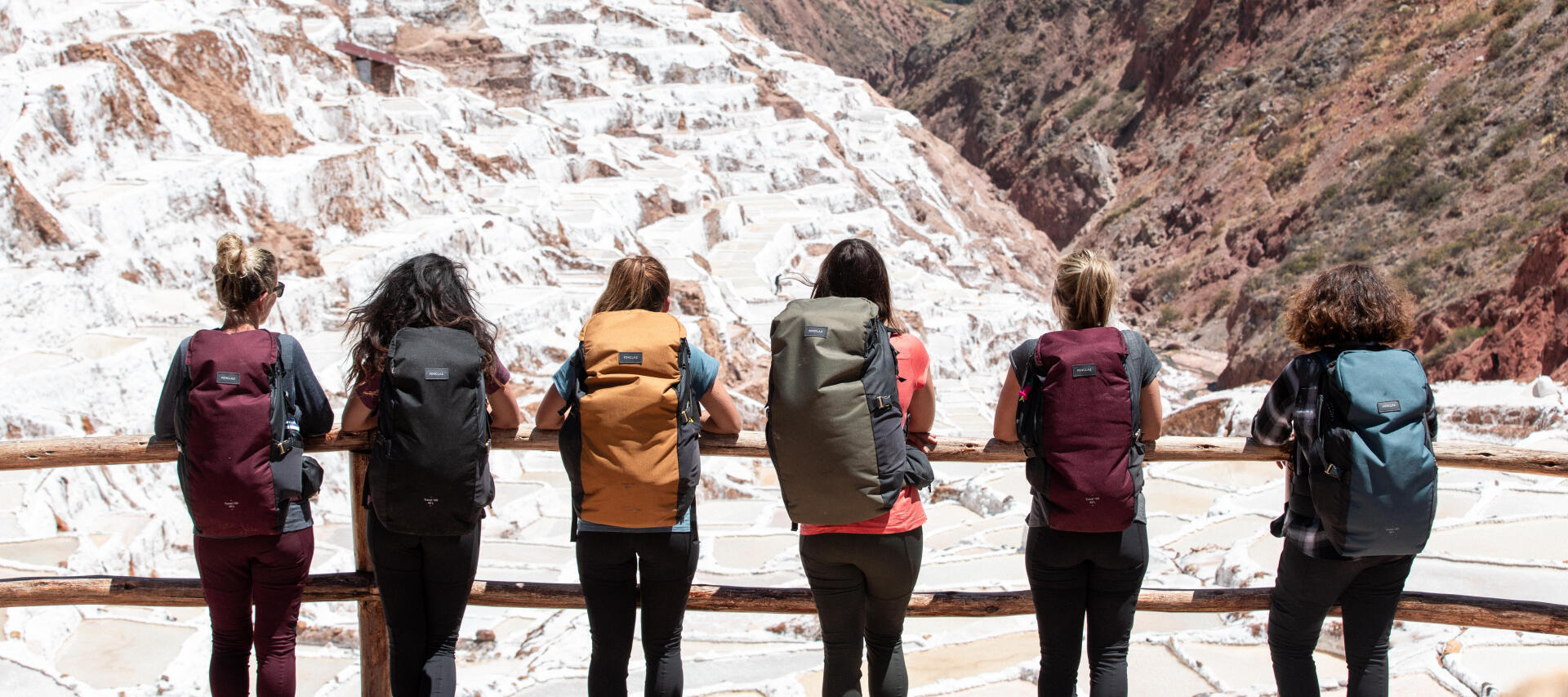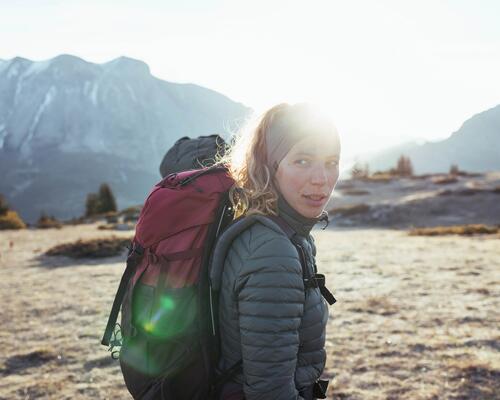Backpacking: what should you take?
Travelling by yourself with a backpack is quite an art and requires a certain mindset. It's the easiest way to explore the world, without a minimum of fuss. If this is your first trip, you'll probably be asking yourself lots of questions about what to pack and what to leave at home.
Did you find your bag? Great! Now let's look at how you choose what to put in it… Indeed, when you go on a backpacking trip, there are lots of things to think about.
Don't worry, while the choices might not be easy to make it first, with experience, packing your bag will become child's play. Here is a list of the key items that you should have in your backpack for a trouble-free trip!
1. Clothing adapted to the weather conditions
It may seem obvious, but this is something that easily gets overlooked when preparing a travel backpack for a destination that you don't necessarily know.
The best advice we can give for choosing the right clothing for the conditions is to start by checking the weather forecast at your destination. Then, we recommend that you plan the activities you want to do when you get there, or at least have an idea.
Depending on the country you are going to and the season, you will need to adapt the contents of your bag. While the basics remain the same in most cases, you won't need the same kit if you are going on a trek in Thailand as on a trip to Bolivia. What's more, depending on the activities you've got planned for when you get there on top of your daily walking, your needs may be different.
Whatever the duration of your backpacking trip, we recommend that you take no more than the amount of clothing you would need for one week. This will be enough if you are doing your laundry on a regular basis and, if you don't have access to a washing machine, you can still wash your underwear by hand.
Choose quick-drying clothing that doesn't show dirt easily, and preferably has anti-odour properties. From this point of view, we have a very clear preference for merino wool clothing. Merino wool reduces odours, so you can wear your clothing for several days without washing it.
2. Accessories to stay connected to the planet
Here, what immediately comes to mind are the universal adapters which you can use to stay connected in any country in the world. Your best bet is to choose one with multiple USB ports so that you can charge multiple devices at the same time. We also recommend that you bring an external battery charger to avoid getting stranded when you go on a long outing or hike without any access to a wall socket.
3. A first aid kit
You can't go on a backpacking trip without a first aid kit! Often, it's only when you leave without it that you realise how useful it is. Indeed, it is used much more often than you might imagine. Bear in mind that some injuries, even minor ones, can soon become infected, especially in hot and tropical countries.
4. A sleeping bag liner
In some hotels or youth hostels, hygiene is not really the priority. You might be tempted to go for some "cheap" accommodation and find that the bed linen is not quite up to standard.
To avoid being in direct contact with the sheets, we recommend that you bring a sleeping bag liner"". On some rare occasions, certain hostels may also not provide a duvet. Your liner could be a lifesaver if you find yourself in this situation.
Also remember to bring earplugs, that come in very useful when the walls are poorly insulated or you are sleeping in a dormitory with a number of other people. This will definitely give you a better night's sleep if someone is snoring right next to you.
5. Camper accessories
If your backpacking trip is going to involve camping or night-time outings, consider bringing a head torch. Indeed, it can be very useful if you are going for a walk in the evening or you don't want to disturb your partner when you are reading, even if you are staying at a hotel. A Swiss Army knife could also be used for many different tasks throughout your trip, like preparing an outdoor meal, for example.
By following these recommendations, you will save weight and set off on your adventure with complete peace of mind! When loading your backpack, also remember to balance the loads. This is important for your carrying comfort.
You should position the heaviest items along your back. It is advisable to put the things you might need during the day at the top, so they will be more easily accessible.
If you are planning an excursion that will take just a few hours, consider bringing a lighter, more compact and small-volume bag (around 20L), which you can use to carry some water, a small first-aid kit and a snack!








